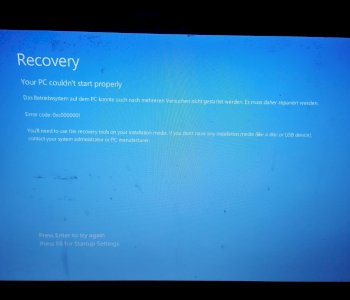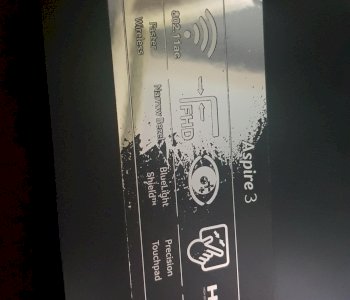Synology with IPv6 Unitymedia from the outside?
I have at home Unitymedia Cable Internet with IPv6 and Connect Box Router, Dynamic IP Address.
What I want to do is create a network folder on my laptop and access my Synology from the outside through the network folder.
Is it possible with IPv6? Because port forwarding is not in my router interface, there are only IPv6 settings.
Or should I just call customer service Unitymedia and ask that my lines on IPv4 switch (with power upload)? Oh, if anyone has idea: Should I exchange my Connect Box for new, if my lines on IPv4 switch? Or will the user interface of my existing Connect Box be changed so that I can see IPv4 port forwarding?
My settings are like this:
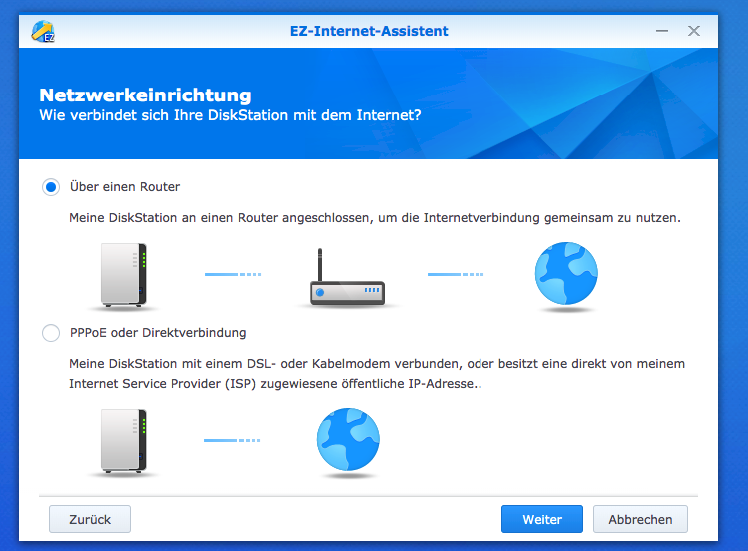
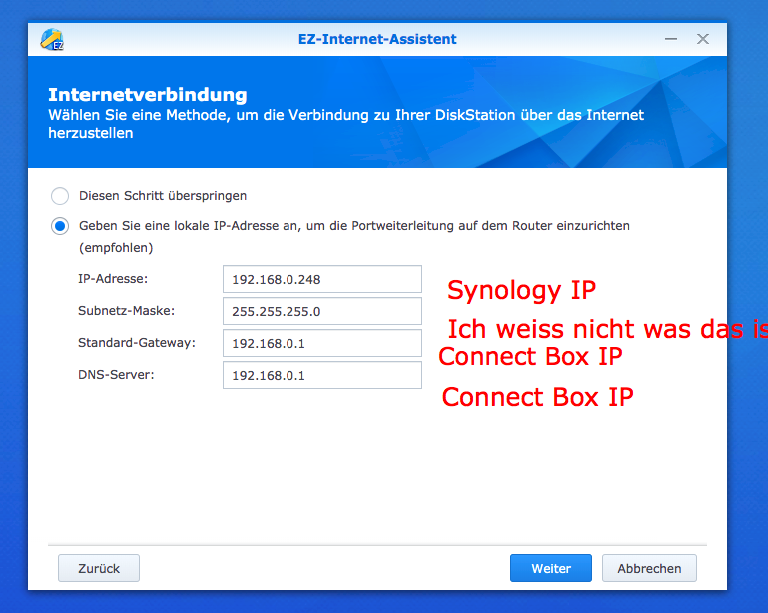
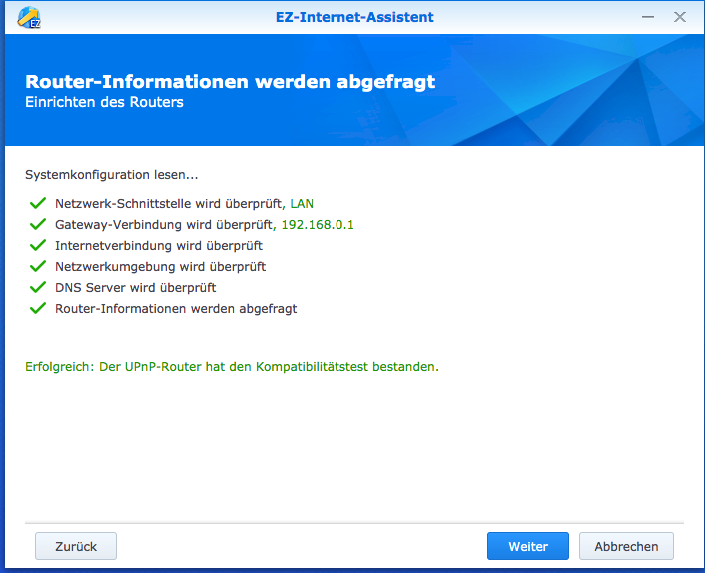
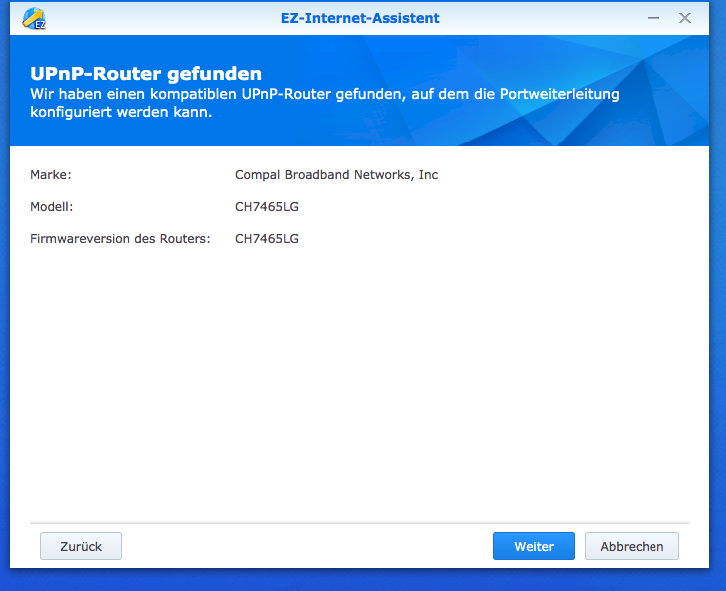
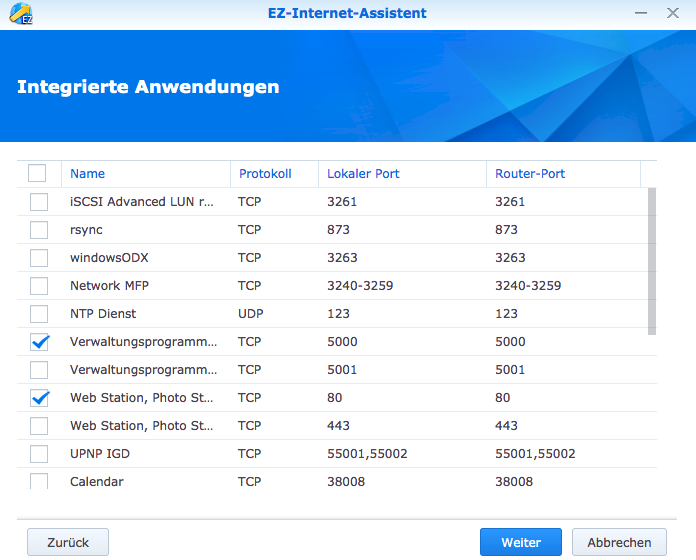
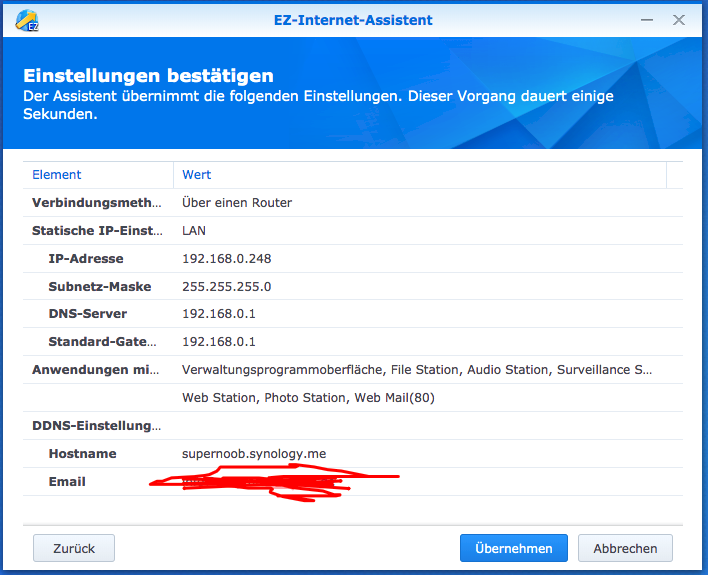
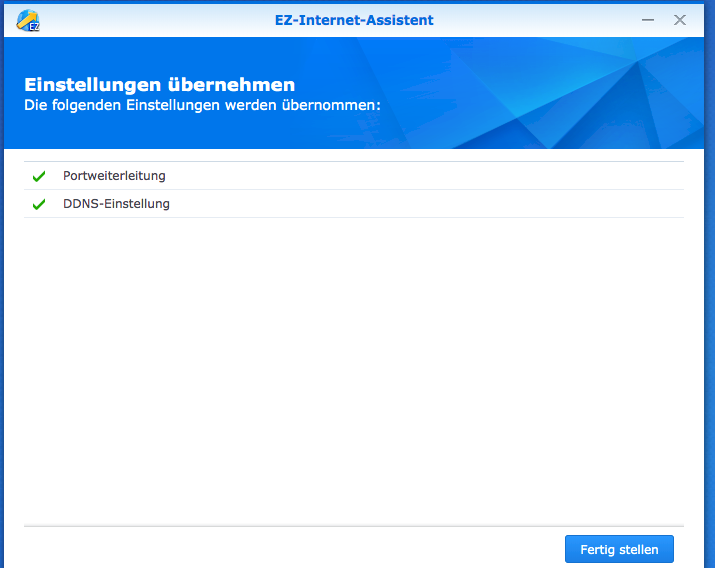

Nevertheless, I can't access my server from the outside with IPv6. : /
Whether you convert that to IPv4 I do not know. If not, it is not bad either.
With IPv6, you no longer need port forwarding, because there's no NAT anymore. Means your Synology has its own public IPv6 address.
That means your Syn should also take over the update of the dyndns address and everything should work.
Problems then you have only if you come from the outside with IPv4.
It has nothing to do with IP v4 or v6. That's a question of NAT. Without port forwarding, you will not get ahead, and you are well advised to configure a decent VPN if you want to be sure that you are the only one connecting to your home.
Your router does not seem to give, but it is up to you to buy a suitable Fritzbox and use them instead. The router compulsion has been prohibited by law for some time. Unitymedia is obliged to give you all the access data you need to replace your router with one of your own.
Goes, but you come dan only with devices the ipv6 "speak" from the outside purely.
See https://community.unitymedia.de/categories/internet/question/portforwarding-trotz-ipv6
I'm from the outside with IPv6 but still get warnsich error message. Could you please look at the pictures?
It has nothing to do with IP v4 or v6. That's a question of NAT
With IPv6 is no longer manned. And then only in very rare cases.
In addition, cable operators use the crippling DS-Lite, with your IPv4 address on the line being a local, out-sourced.
Thus you would have to make your haven forwarding with the Provider.
With IPv6 is no longer manned. And then only in very rare cases.
Let's wait for it. The richness of IPv6's addiction leads to wastefulness (as was initially the case with IPv4). In IPv6, for example, email addresses of admins are also stored in the IP address. What you burn with it for subnets, you can imagine. Even IPv6 can kill so easily. Afterwards one does not get these areas again. If those who were over-allocated in good times would be willing to give it back, we would not have a problem with IPv4 today. There are, without end, address spaces that are assigned but unused and guarded by their owner as a sacred hoard.
In addition, cable operators use the crippling DS-Lite, with your IPv4 address on the line being a local, out-sourced.
Thus you would have to make your haven forwarding with the Provider.
You know what you're talking about. I like that; you rarely experience that. Where "DS Lite" is just one (depending on the provider varying) advertising term for a technical solution that is generally called "Carrier Grade NAT" and has always been a thorn in my side. After all: I could motivate 1&1 to turn it off for me (even if I had to lead the support from the call center exactly through his own, not familiar to me masks, because in the call center they have a checkbox, with the customer But no idea what Carrier Grade NAT is, anyway, the approach "click on it, dear call center man, and then I'm satisfied" has worked well in the end.
Also a buddy of mine has enforced on my advice at Vodafone that his carrier grade NAT was turned off. It is also with the cable network operators, if you clamped behind. I think for customers who have such claims and who can formulate, they still have enough IPv4 addresses. The pool of the remaining customers is big enough to release plenty of addresses.
Talking about wastefulness in IPv6, I think is risky. Did you know that for GUA (global unique addresses) not even a fraction of what was possible was scratched? Let's go through a 64-bit host share as a waste sooner. Whereby this fixed schema benefits the routing tables and the general usability (eg SLAAC). I would like to recommend the following commentary on the subject: https://www.heise.de/...ng_6597222
It's already taken care that we do not have as much fragmentation as with IPv4.
I have again enabled the dual stack on my 1&1 port, but via their support forum. It's so quick and the wish comes so often that people already know about it. However, I find it understandable and for most users also good to use a CGNAT. Lieschen Müller does not notice at the end of the day and IPv6 has to get going slowly. But before IPv6 works everywhere and for some smaller problems solutions are still found, or all things from the RFCs in most of the hardware works fly I think long time aircraft from and to the BER.
